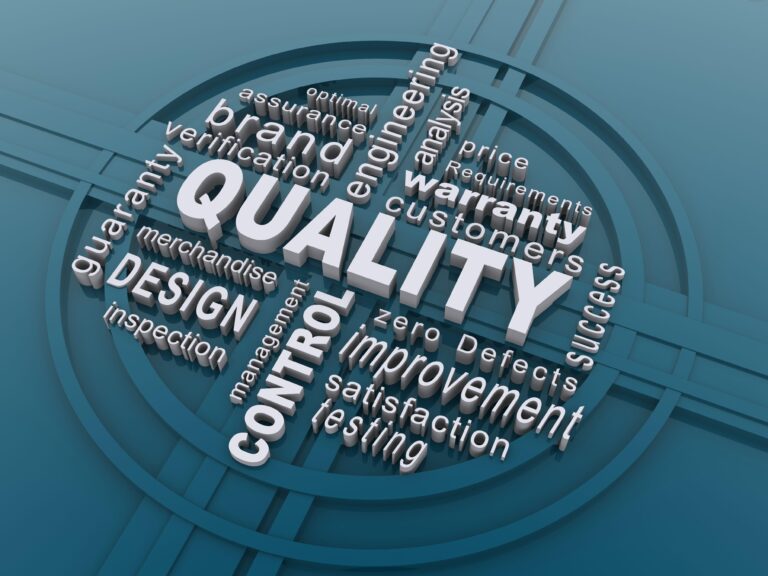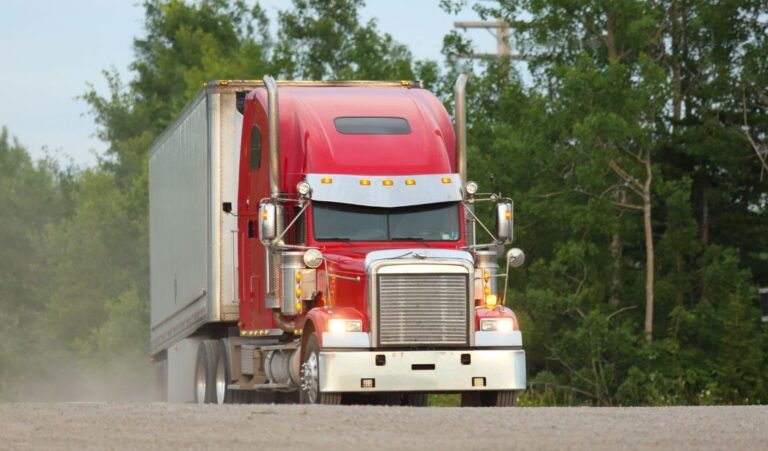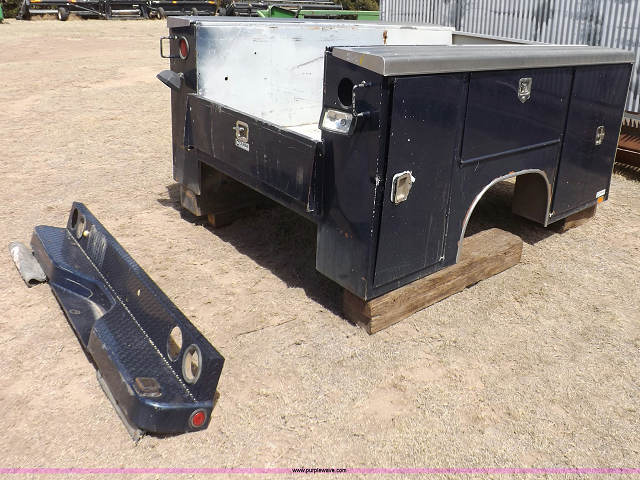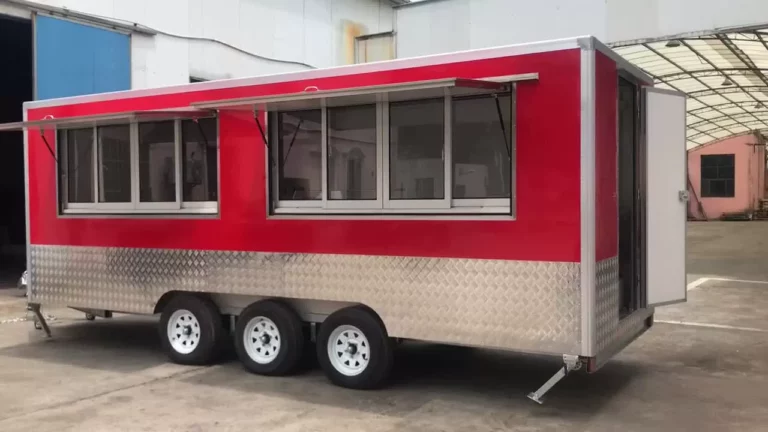1950’s Chevrolet Trucks For Sale: Your Guide to Owning a Piece of American History
1950’s Chevrolet Trucks For Sale: Your Guide to Owning a Piece of American History cars.truckstrend.com
Few vehicles evoke the spirit of mid-century America quite like a 1950s Chevrolet truck. These iconic machines, with their distinctive lines and robust build, transcend mere transportation; they are rolling sculptures, symbols of a bygone era of craftsmanship and utility. From the rounded charm of the Advance-Design series to the sleek modernity of the Task Force generation, Chevy trucks from the 1950s have cemented their place in automotive lore, becoming highly sought-after classics for collectors, restorers, and enthusiasts alike.
Today, the market for these vintage workhorses is vibrant, offering everything from barn-find projects to meticulously restored showpieces and custom-built resto-mods. For anyone considering purchasing a 1950s Chevrolet truck, understanding their unique appeal, the different models available, and what to look for is crucial. This comprehensive guide will navigate the exciting world of 1950s Chevy trucks for sale, helping you find your perfect piece of automotive heritage.
1950’s Chevrolet Trucks For Sale: Your Guide to Owning a Piece of American History
Why Own a 1950s Chevrolet Truck? The Enduring Appeal
The allure of a 1950s Chevrolet truck extends far beyond nostalgia. These vehicles offer a unique blend of benefits that make them incredibly desirable:
- Timeless Design: The aesthetic appeal is undeniable. Whether it’s the friendly, utilitarian curves of the Advance-Design or the more aggressive, modern stance of the Task Force, these trucks possess a visual character that contemporary vehicles simply cannot replicate. They are head-turners wherever they go.
- Built to Last: Constructed with heavy-gauge steel and straightforward mechanicals, these trucks were engineered for durability. Their inherent robustness means that even today, many original components remain functional, and they respond well to restoration.
- Mechanical Simplicity: Unlike modern vehicles laden with complex electronics, 1950s Chevy trucks are mechanically basic. This makes them relatively easy to work on for the average enthusiast, reducing labor costs for maintenance and allowing for straightforward customization.
- Versatility: A 1950s Chevy truck can be almost anything you want it to be. It can be a faithful restoration, a powerful hot rod, a comfortable daily driver (with upgrades), a unique business promotional vehicle, or a striking showpiece. Their adaptable nature allows for endless possibilities.
- Investment Potential: While market values fluctuate, well-preserved or expertly restored 1950s Chevy trucks have generally held their value, and many have seen appreciation over time. They represent a tangible asset that offers both enjoyment and potential financial return.
- Vibrant Community and Parts Availability: The popularity of these trucks has fostered a massive aftermarket industry. Parts, from sheet metal to engine components and interior trim, are readily available, making restoration and customization projects far more feasible than for many other vintage vehicles.

Understanding the Models: A Decade of Evolution
The 1950s were a pivotal decade for Chevrolet trucks, witnessing two distinct design generations:
The Advance-Design Series (1947-1955 First Series)
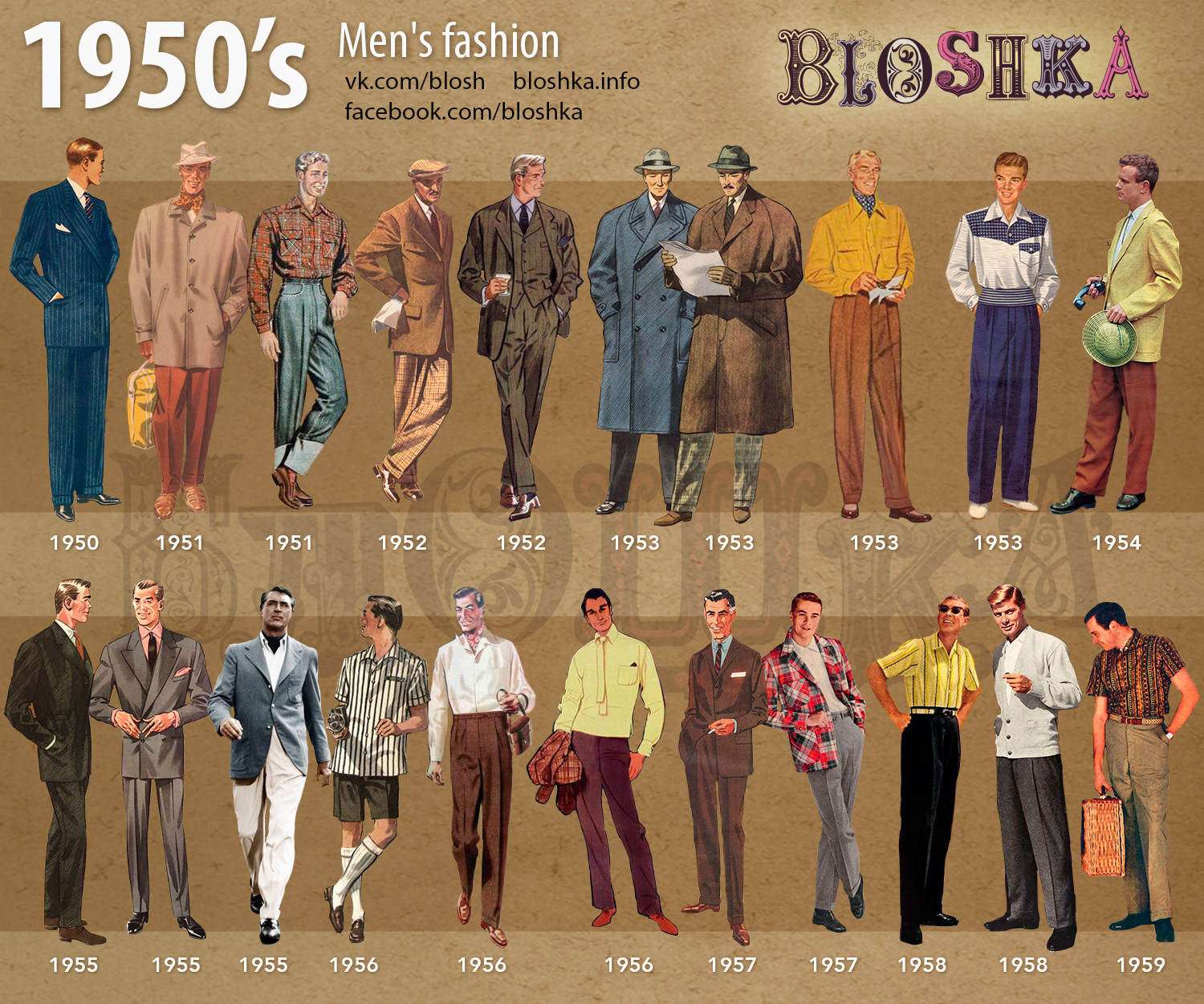
Often referred to as "fat-fendered" trucks, the Advance-Design series defined Chevrolet’s truck lineup for nearly a decade. These trucks were a significant departure from pre-war designs, offering a wider, more comfortable cab, improved visibility, and a generally more modern appearance.
- Key Characteristics: Rounded fenders, a prominent grille, and a generally softer, more bulbous aesthetic. They feature a single-piece windshield and often have external running boards.
- Popular Models:
- 3100 (Half-Ton): The most common and sought-after, ideal for cruising and customization.
- 3600 (Three-Quarter-Ton) & 3800 (One-Ton): Larger, heavier-duty versions, often found with longer beds or dually rear axles.

- Engines: Primarily powered by Chevrolet’s legendary "Stovebolt Six" inline-six engine (216, later 235 cubic inches), known for its reliability and torque.
- Why Buy: If you love classic, rounded aesthetics and a simpler, more traditional driving experience, an Advance-Design truck is an excellent choice. They are quintessential Americana.
The Task Force Series (1955 Second Series-1959)
Introduced mid-year 1955, the Task Force trucks represented a revolutionary leap forward in design and engineering. They were more car-like, with a sleeker, squarer body, a wraparound windshield, and the much-anticipated introduction of the Small Block V8 engine.
- Key Characteristics: Flatter, straighter body lines, "hooded" headlights, a panoramic wraparound windshield, and a more integrated appearance without separate running boards (though steps were built into the cab).
- Popular Models:
- 3100/3200 (Half-Ton/Long Bed Half-Ton): The workhorses of the lineup, incredibly popular for their improved comfort and styling.
- Cameo Carrier (1955-1957): A revolutionary "gentleman’s pickup," combining truck utility with car-like styling cues, featuring fiberglass rear fenders and a smooth bed. Highly rare and collectible.
- Apache (1958-1959): The last iteration of the Task Force, identifiable by its quad headlights and revised grille.
- Viking (Medium Duty) & Spartan (Heavy Duty): Larger commercial trucks that shared the Task Force styling.
- Engines: The big news was the availability of the new Small Block V8 (265, later 283 cubic inches), offering significantly more power. The Stovebolt Six remained an option.
- Why Buy: If you prefer a more modern classic look, desire V8 power, and appreciate improved comfort and handling, a Task Force truck is likely your preference. The Cameo is a top-tier collector’s item.
Where to Find Your Dream Truck: Practical Advice for Buyers
Locating the right 1950s Chevy truck requires a strategic approach. Here are the best avenues:
- Online Marketplaces:
- Specialized Classic Car Sites: Hemmings.com, ClassicCars.com, BringATrailer.com, and AutoTrader Classics are excellent resources for a wide range of conditions and prices.
- Auction Sites: eBay Motors can yield hidden gems, but proceed with caution and thorough due diligence.
- Social Media: Facebook Marketplace and dedicated classic truck groups are surprisingly effective for finding local listings and connecting with sellers.
- Specialized Classic Truck Dealers: Many dealerships focus exclusively on vintage trucks, offering a curated selection, often with vehicles that have undergone some level of inspection or restoration.
- Live Auctions: Events like Mecum Auctions and Barrett-Jackson often feature high-end, fully restored examples, but also offer project vehicles. Be prepared for competitive bidding.
- Car Shows and Swap Meets: Attending local and regional classic car events can be a fantastic way to see trucks in person, talk to owners, and sometimes find trucks for sale that aren’t advertised elsewhere.
- Word of Mouth and Local Searches: Sometimes the best deals are found through local classifieds, "for sale" signs in rural areas, or by simply asking around in small towns.
What to Look For: Key Considerations When Buying
Buying a vintage truck is different from buying a modern car. A thorough inspection is paramount.
- Rust is the Enemy: This is the most critical factor. Check common rust areas: cab corners, floor pans, rocker panels, fender bottoms, bed floor, and especially the frame rails. Extensive frame rust can be a deal-breaker. Surface rust is manageable; structural rust is expensive to repair.
- Body Condition: Inspect for significant dents, bondo (filler), and panel alignment. Reproduction body panels are available, but quality varies, and installation adds cost.
- Engine and Drivetrain:
- Originality: Is it the original "Stovebolt Six" or Small Block V8? Is it a period-correct replacement?
- Running Condition: Does it start easily? Listen for knocking, smoking (blue or white), and unusual noises. Check for leaks.
- Transmission: Manual transmissions should shift smoothly. If automatic, check fluid condition and shifting behavior.
- Modern Swaps: Many trucks feature modern engine (e.g., LS series V8) and transmission swaps. Evaluate the quality of the installation and ensure all systems are properly integrated.
- Chassis and Suspension: Inspect steering components for excessive play, check leaf springs and shock absorbers for wear. Are the brakes operational and free from pulling? Many trucks benefit from independent front suspension (IFS) upgrades for improved ride and handling.
- Interior: Assess the seat condition, dashboard integrity, gauge functionality, and overall wiring. A complete and original interior adds value, but worn interiors are common.
- Documentation: A clear title is essential. Any service records or previous ownership history are a bonus.
- Originality vs. Modification: Decide what you want. An unmolested, original truck will appeal to purists and often command a higher price if in good condition. A modified truck (hot rod, resto-mod) might offer better performance and comfort but should be evaluated on the quality of its modifications.
- Pre-Purchase Inspection (PPI): For any significant purchase, especially if buying remotely, invest in a PPI by a trusted, independent mechanic familiar with vintage vehicles.
Restoration vs. Customization: Your Path Forward
Once you own a 1950s Chevy truck, you’ll face a choice in its future:
- Full Restoration: The goal here is to bring the truck back to its factory-original condition, often down to the exact paint codes, interior materials, and mechanical specifications. This is a meticulous, time-consuming, and potentially very expensive endeavor, but the result is a museum-quality showpiece.
- Resto-Mod: This is a popular option that combines classic aesthetics with modern performance and comfort. It typically involves upgrading the engine (often to a modern LS V8), transmission, suspension (e.g., independent front suspension), brakes (disc brakes), and adding conveniences like power steering, air conditioning, and a modern sound system. The exterior retains its vintage charm, but the driving experience is significantly enhanced.
- Driver Quality/Patina: For those who appreciate the worn, authentic look of a well-used truck, a "patina" build focuses on mechanical soundness while preserving the original weathered paint and interior. This is often the most budget-friendly approach and results in a truck with immense character.
1950’s Chevrolet Trucks For Sale: Estimated Price Guide
Prices for 1950s Chevrolet trucks vary wildly based on year, model, rarity, and most importantly, condition. The following table provides a general range, but market fluctuations and specific vehicle details can significantly impact actual sale prices.
| Model Year Range | Model Name (Example) | Condition Category | Typical Price Range (USD) | Key Characteristics |
|---|---|---|---|---|
| 1947-1955 (1st Series) | 3100 (Half-Ton) | Project/Parts | $3,000 – $10,000 | Rust, missing components, non-running; significant work needed |
| 1947-1955 (1st Series) | 3100 (Half-Ton) | Driver Quality | $15,000 – $35,000 | Running, complete, may have minor issues, presentable; good for entry |
| 1947-1955 (1st Series) | 3100 (Half-Ton) | Restored/Show | $40,000 – $75,000+ | Immaculate, factory-correct or high-quality custom; show-ready |
| 1955 (2nd Series)-1959 | 3100 (Half-Ton) | Project/Parts | $4,000 – $12,000 | Rust, missing components, non-running; significant work needed |
| 1955 (2nd Series)-1959 | 3100 (Half-Ton) | Driver Quality | $20,000 – $45,000 | Running, complete, presentable, may need minor work; solid foundation |
| 1955 (2nd Series)-1959 | 3100 (Half-Ton) | Restored/Show | $50,000 – $90,000+ | Immaculate, factory-correct or high-quality custom; top-tier example |
| 1955 (2nd Series)-1957 | Cameo Carrier | Project/Parts | $10,000 – $30,000 | Rare, often in rough shape, significant restoration needed; high potential |
| 1955 (2nd Series)-1957 | Cameo Carrier | Driver Quality | $40,000 – $70,000 | Rare, drivable, presentable but not perfect; collectible driver |
| 1955 (2nd Series)-1957 | Cameo Carrier | Restored/Show | $80,000 – $150,000+ | Highly sought after, premium for perfect examples; investment-grade |
| 1958-1959 | Apache (3100) | Driver Quality | $25,000 – $50,000 | Distinctive quad headlights, later Task Force styling; great daily driver |
| 1958-1959 | Apache (3100) | Restored/Show | $60,000 – $100,000+ | Top-tier examples of the final Task Force years; premium value |
| All 1950s Models | Various (e.g., 3600, 3800, Viking) | Project/Driver/Restored | $10,000 – $60,000+ | Prices vary widely based on rarity, condition, and utility; typically less than 1/2 tons |
| Any 1950s Model | High-End Resto-Mod | Custom Build | $60,000 – $150,000+ | Modern drivetrain, suspension, interior, often show-quality; premium performance |
Note: Prices are estimates and can fluctuate based on market demand, location, specific modifications, and historical significance. These ranges are for general guidance only.
Frequently Asked Questions (FAQ) About 1950s Chevrolet Trucks
Q: Are parts readily available for 1950s Chevy trucks?
A: Yes, absolutely! Due to their immense popularity, the aftermarket industry provides a vast array of reproduction parts, from sheet metal and trim to mechanical components and interior pieces. Many original used parts are also available.
Q: Can a 1950s Chevy truck be a daily driver?
A: A stock 1950s Chevy truck would be challenging as a daily driver due to lack of modern safety features, slow performance, and primitive brakes/steering. However, a "resto-mod" with modern engine, transmission, suspension, power steering, and disc brakes can be very reliable and comfortable for regular use.
Q: What’s the main difference between Advance-Design and Task Force trucks?
A: The most significant differences are styling (rounded vs. squarer, wraparound windshield), engine options (Stovebolt Six only for Advance-Design, V8 introduced with Task Force), and interior comfort/layout improvements in the Task Force.
Q: Is it difficult to swap a modern V8 engine (like an LS) into a 1950s Chevy truck?
A: While it’s a significant project requiring mechanical skill, it’s a very common modification. Many aftermarket kits are available to simplify the process, including engine mounts, transmission crossmembers, and wiring harnesses.
Q: How much does a full restoration typically cost?
A: The cost of a full restoration varies wildly, ranging from $10,000 for a very basic, owner-completed job on a solid truck, to well over $100,000 for a professional, frame-off, show-quality restoration. Rust repair and custom work significantly increase costs.
Q: Are 1950s Chevy trucks good investments?
A: Generally, yes. While not guaranteed to skyrocket, well-maintained, original, or expertly restored 1950s Chevy trucks tend to hold their value or appreciate steadily. Rarer models like the Cameo Carrier have seen substantial gains.
Conclusion
The appeal of 1950s Chevrolet trucks for sale is undeniable. They represent a tangible connection to a golden age of American industry, offering a unique blend of rugged utility, classic style, and mechanical simplicity. Whether you envision a faithful restoration, a powerful resto-mod, or a charming patina cruiser, the journey of owning and caring for one of these iconic vehicles is deeply rewarding.
Beyond the sheet metal and the engine, these trucks offer an experience – a chance to connect with automotive history, join a passionate community, and express your individual style. So, if you’re ready to embrace the legacy of the bowtie, dive into the market, do your research, and prepare to embark on an exciting adventure with your very own piece of the fabulous fifties.



